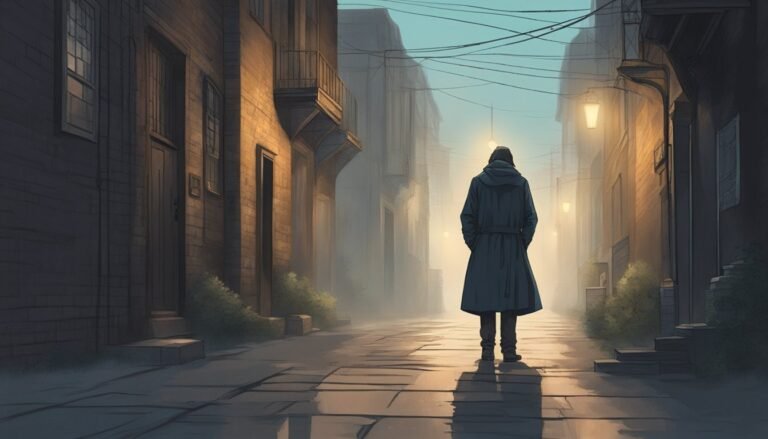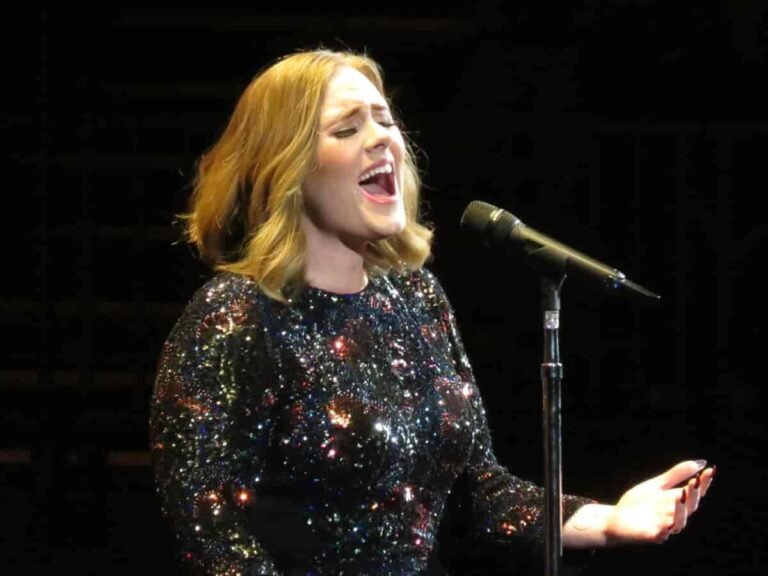Cats in the Cradle: Understanding the Bond Between Feline Companions and Their Owners

The song “Cats in the Cradle,” written by Harry Chapin, explores the complex relationship between fathers and sons. It tells a poignant story about the impact of parental behaviour on children’s lives. This classic folk rock song highlights how a father’s absence can lead to a cycle of unfulfilled expectations and emotional distance.

Released in 1974, “Cat’s in the Cradle” quickly became a hit, resonating with many listeners. Its relatable themes of responsibility and regret have allowed it to remain relevant even decades later. As a result, the song has inspired various covers, including a notable version by Ugly Kid Joe in 1992.
Through its powerful lyrics, “Cat’s in the Cradle” invites reflection on familial relationships and the passage of time. It serves as a reminder of the lasting effects that parenting choices can have on future generations.
Unraveling ‘Cat’s in the Cradle‘
The song “Cat’s in the Cradle” holds significant meaning and explores themes of parenting and regret. It tells a poignant story through its lyrics and has left a lasting mark in music and culture.
The Origin of the Song
“Cat’s in the Cradle” was released by Harry Chapin in 1974 as part of his album Verities and Balderdash. The lyrics were inspired by a poem written by his wife, Sandy. The song reflects Harry’s personal experiences with fatherhood and the regrets that come from not spending enough time with loved ones.
Chapin’s storytelling approach in the song captures the struggles of balancing work and family life. The track quickly became a hit, reaching number one on the Billboard Hot 100. Its catchy melody combined with heartfelt lyrics resonated with many listeners, making it one of Chapin’s most memorable works.
Narrative and Structure
The song employs a powerful narrative structure, presenting a dialogue between a father and his son. In the beginning, the father is too busy to spend time with his son, who learns this behaviour in turn. The lyrics follow the son as he grows up, mirroring the father’s neglect.
As the song progresses, the father’s realization of his mistakes culminates in regret as his son has grown distant. The simple yet effective verses convey deep emotions, making the listener feel the weight of the father’s choices. The chorus reinforces the cyclical nature of their relationship, where the son ultimately becomes just like his father.
Cultural Impact and Legacy
“Cat’s in the Cradle” has become more than just a song; it is a cultural reference for strained parent-child relationships. Many artists have covered it, showcasing its enduring appeal. Notably, Ugly Kid Joe’s rendition in 1992 introduced the song to a new generation.
The song’s message about the importance of family has made it a staple in discussions about parenting. It evokes nostalgia and self-reflection, urging listeners to consider their own relationships. The phrase “cats in the cradle” has evolved into a metaphor representing missed opportunities and the passage of time in familial bonds.
Implications for Father-Son Relationships
Father-son relationships are crucial in shaping a child’s emotional and social development. Many lessons can be drawn from the song “Cats in the Cradle,” which highlights the consequences of neglecting these important bonds.
Understanding the Dynamics
The dynamics between a father and son can greatly impact both individuals. In “Cats in the Cradle,” the father’s absence leads to feelings of neglect in the son. This absence creates a cycle where the son mimics this behavior later in life, perpetuating the distance between them.
A father’s engagement is vital. It influences how a son views relationships and teaches important emotional skills. When fathers prioritize work over family, the emotional disconnect can lead to resentment. Understanding these dynamics is the first step towards improving the relationship.
Strategies for Improvement
Improving father-son relationships requires intentionality and effort. Here are some strategies that can be effective:
- Quality Time: Establish regular activities that allow for bonding, such as sports, hobbies, or shared meals.
- Open Communication: Encourage honest discussions about feelings, dreams, and challenges.
- Be Present: Fathers should make an effort to be present during crucial times, such as school events and personal challenges.
- Model Behaviour: Fathers should demonstrate the traits they wish to instill. Being supportive and attentive teaches sons how to build healthy relationships.
By applying these strategies, fathers can create a nurturing environment that fosters stronger connections with their sons.
Applying Lessons from the Song
The lessons from “Cats in the Cradle” serve as a warning and a guide. Understanding the impact of being emotionally unavailable is critical. Fathers can reflect on their choices and consider how they prioritize family versus work.
To apply these lessons, fathers should focus on two main areas:
- Active Engagement: Actively participate in daily life and show interest in the son’s activities and feelings.
- Emotional Availability: Being open to discussing emotions and experiences can build trust.
Recognizing the challenges presented in the song can help fathers break negative cycles. It encourages a shift toward more engaged parenting, fostering a healthier, more connected father-son relationship.






